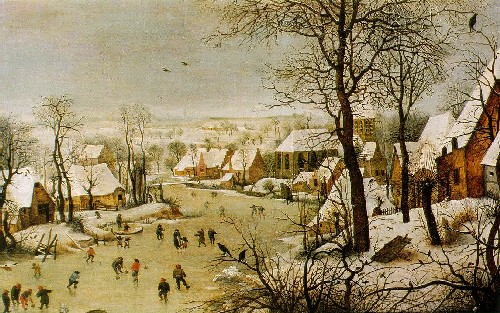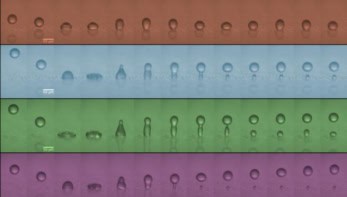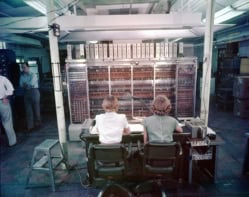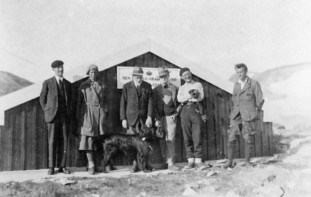
Winter Landscape with a Bird Trap Pieter Bruegel the Elder (1565)
By James Dacey
I wrote recently about a new technique for identifying the literary fingerprint of famous authors based on statistical patterns in their writing styles. Quantifying artistic style in painting, however, is a more difficult challenge as the constituent “words” are unknown, and whilst different artistic styles involve different brush strokes this variation is not enough to identify a well-produced fake. Now a trio of researchers in the US may have cracked the code by developing a model that can define the “spatial structure” of celebrated works of art.
Dan Rockmore of Dartmouth College, New Hampshire, and his colleagues have been inspired by vision science, which explores the way the human eye makes sense of the world. The human brain has evolved to recognize patterns in nature, but the researchers also realize that the world has been kind to us in possessing regular statistical patters – “neighbouring point tend to be correlated,” says Rockmore.
In their method, Rockmore’s team first take a painting, unaware if it is genuine or fake then apply random functions until they can successfully reconstruct a given section of that painting. Next, they apply the same set of functions or “filter” to both a genuine painting by the same artist and a known fake of this same picture. If the filter performs worse at reconstructing the genuine image, then they conclude that they have another fake on their hands.
The researchers apply their model to the works of Pieter Bruegel the Elder, the famous Dutch Renaissance painter, where they successfully distinguish authentic drawings from a set of well-known Bruegel imitations. “It turns out that such tests succeed the vast majority of the time, confirming that we have indeed chosen a ‘representation’ that picks out the visual elements that distinguish Bruegel from his imitators,” says Rockmore.
The Dartmouth researcher tells physicsworld.com that his team intend to develop their research by attempting to incorporate colour variations into their models. “We are planning to apply sparse coding to a number of other problems in art history,” he says. In particular, the team are keen to focus on the perennial challenge of differentiating works by Rembrant from those of his students.
This research is published in Proceedings of the National Academy of Sciences.



